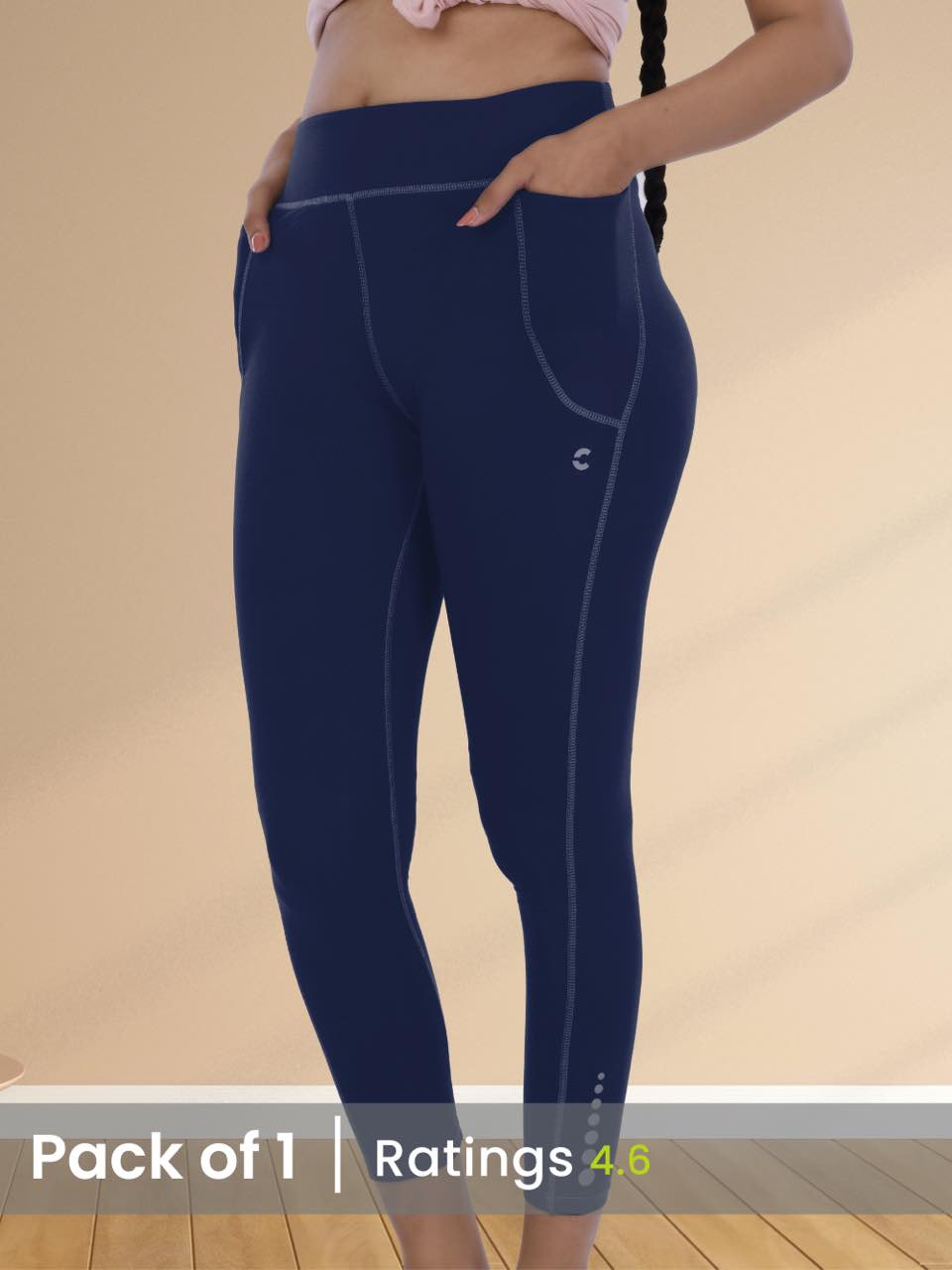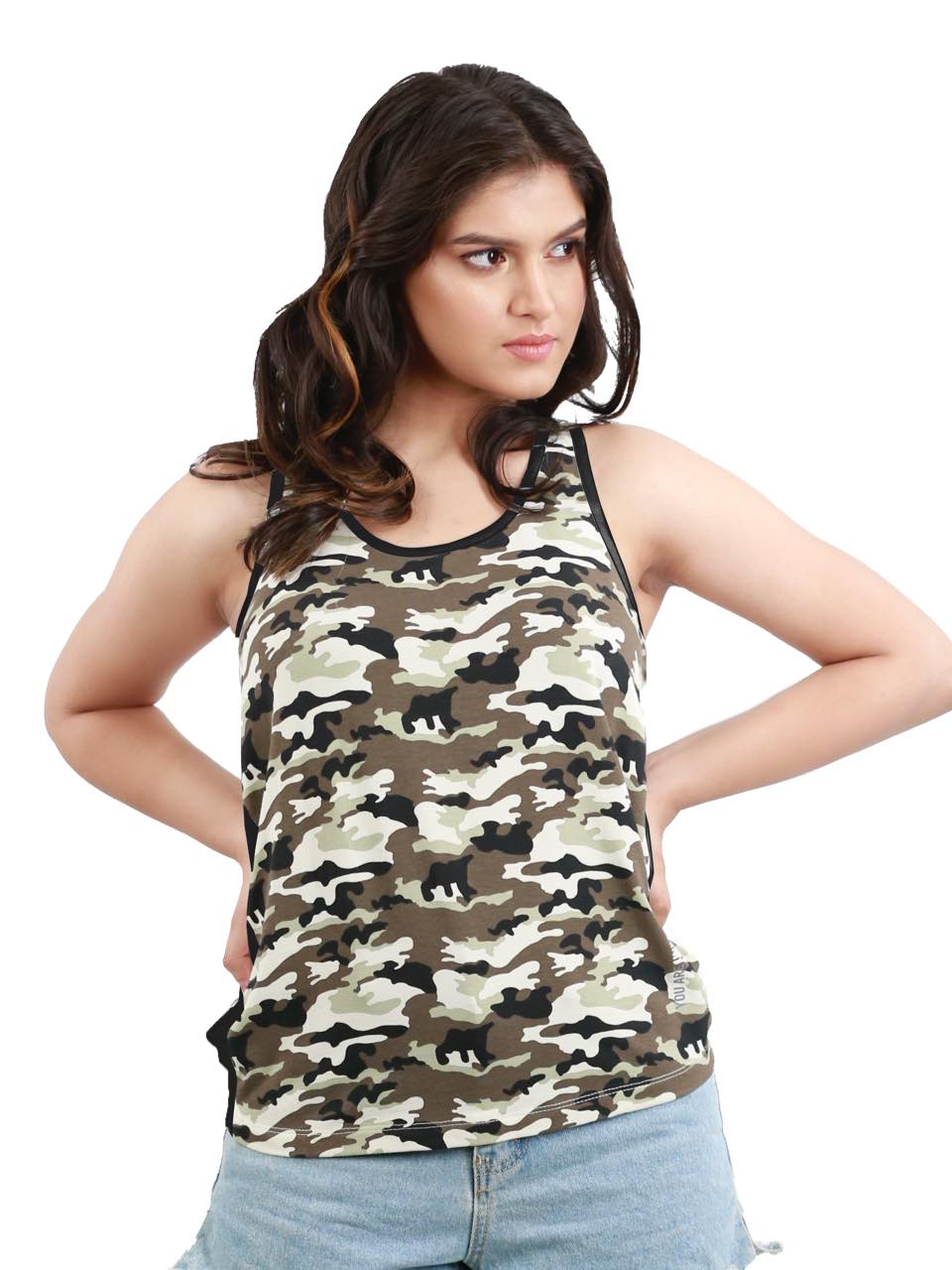Tired of swim trunks fading and disintegrating faster than your summer tan? You're not alone. The modern aquatic athlete, whether training for a triathlon or simply enjoying recreational laps, demands gear that can withstand the relentless assault of chlorinated water. Today's performance trunks utilize advanced fabric technologies like Xtra Life Lycra and PBT blends, offering superior chlorine resistance compared to traditional elastane. But it's not just about longevity; innovations in weave density and construction techniques are minimizing drag and maximizing comfort. We'll explore how these advancements translate to enhanced performance and a longer lifespan for your swimwear, saving you money and keeping you focused on what matters: conquering the water.

Understanding the Chlorine Challenge for Men's Swim Trunks
Chlorine, the ubiquitous disinfectant in swimming pools, is a double-edged sword. While it effectively eliminates harmful bacteria, it's also a harsh chemical that wreaks havoc on swimwear. It degrades fabric fibers, fades colors. Reduces elasticity, ultimately shortening the lifespan of your favorite swim trunks. Understanding how chlorine interacts with different fabrics is crucial in selecting durable, long-lasting options. The damage occurs because chlorine breaks down the molecular bonds in the fabric, leading to weakening and eventual disintegration. Factors like chlorine concentration, water temperature. Frequency of exposure all contribute to the severity of the damage.The Science Behind Chlorine Resistance: Fabric Technologies
Several fabric technologies are employed to combat the damaging effects of chlorine. These technologies focus on creating barriers between the chlorine and the fabric fibers, or on using materials that are inherently resistant to chlorine degradation.- Polyester: A synthetic fiber known for its inherent resistance to chlorine. Modified polyester fabrics like PBT (Polybutylene Terephthalate) offer even greater chlorine resistance and shape retention.
- Elastane/Spandex with Chlorine-Resistant Treatment: Elastane is used for stretch and comfort. Is vulnerable to chlorine. Chlorine-resistant treatments can be applied to improve its durability in chlorinated water. Look for terms like "Xtra Life Lycra" or "Creora Highclo" which indicate enhanced chlorine resistance.
- PBT (Polybutylene Terephthalate): A type of polyester with exceptional resistance to chlorine, UV rays. Heat. It maintains its shape and elasticity even after prolonged exposure to harsh pool environments.
- Nylon with Chlorine-Resistant Coating: While Nylon is a durable material, it's susceptible to chlorine degradation. Coatings can be applied to the fabric to enhance its resistance to chlorine and prolong its lifespan.
Choosing the Right Fabric: A Comparative Analysis
Selecting the right fabric is paramount for chlorine resistance and longevity. Here’s a comparison of the most common materials used in men's swim trunks:| Fabric | Chlorine Resistance | Durability | Comfort | Price |
|---|---|---|---|---|
| Polyester | Good | Good | Moderate | Low to Moderate |
| PBT | Excellent | Excellent | Moderate | Moderate to High |
| Nylon | Poor (Untreated) | Good | Good | Moderate |
| Elastane/Spandex | Poor (Untreated) | Moderate (Untreated) | Excellent | Variable |
Construction Matters: Beyond the Fabric
The construction of swim trunks plays a significant role in their overall durability. Reinforced seams, high-quality stitching. Durable waistbands can significantly extend the lifespan of your swimwear. Look for features like:- Reinforced seams: Prevent seams from unraveling under stress.
- Durable stitching: Ensures the fabric panels are securely connected.
- High-quality waistband: Maintains its elasticity and shape over time.
- Drawstrings with reinforced eyelets: Prevents tearing and ensures a secure fit.
Real-World Applications and Case Studies
Consider the experience of competitive swimmers who spend countless hours in chlorinated pools. Their swimwear is subjected to extreme conditions, making chlorine resistance a critical factor. Many competitive swimwear brands rely on PBT and other advanced materials to create suits that can withstand the demands of rigorous training. For example, Speedo's Endurance+ fabric is a blend of polyester and PBT that is specifically designed to resist chlorine degradation. This fabric is used in a wide range of their competitive and recreational swimwear, offering swimmers a durable and long-lasting option. Another example is TYR's Durafast Elite fabric, which is made from 100% polyester and is engineered to provide over 300 hours of performance. This fabric is highly resistant to chlorine and other harsh chemicals, making it a popular choice for competitive swimmers and lifeguards. These real-world examples demonstrate the importance of choosing chlorine-resistant fabrics and well-constructed swimwear for optimal performance and longevity.Care and Maintenance: Extending the Life of Your Swim Trunks
Even the most chlorine-resistant swim trunks require proper care and maintenance to maximize their lifespan. Here are some essential tips:- Rinse immediately after use: Rinse your swim trunks thoroughly with fresh water after each swim to remove chlorine and other chemicals.
- Hand wash with mild detergent: Avoid harsh detergents and washing machines, which can damage the fabric. Hand wash your swim trunks with a mild detergent specifically designed for swimwear.
- Air dry in the shade: Avoid direct sunlight and high heat, which can fade colors and damage the fabric. Air dry your swim trunks in the shade, preferably on a flat surface.
- Avoid wringing or twisting: Gently squeeze out excess water to avoid stretching or damaging the fabric.
- Store properly: Store your swim trunks in a cool, dry place away from direct sunlight and heat.
The Intersection of Fashion & Comfort with Durability
While durability and chlorine resistance are paramount, Fashion & Comfort should not be overlooked. Fortunately, advancements in fabric technology have made it possible to create swim trunks that are both stylish and comfortable, without compromising on performance. Modern swim trunks are available in a wide range of colors, patterns. Styles, allowing you to express your personal style while enjoying the benefits of chlorine-resistant fabrics. Look for features like:- Comfortable linings: Provide a smooth and comfortable fit.
- Adjustable waistbands: Ensure a secure and customized fit.
- Quick-drying fabrics: Keep you comfortable both in and out of the water.
- Stylish designs: Allow you to express your personal style.
Beyond Chlorine: Considering Other Environmental Factors
While chlorine is a primary concern, other environmental factors can also affect the lifespan of your swim trunks. Saltwater, sunlight. Sunscreen can all contribute to fabric degradation.- Saltwater: Can be corrosive to certain fabrics. Rinse thoroughly after swimming in saltwater.
- Sunlight: UV rays can fade colors and damage fabric fibers. Choose swim trunks with UV protection.
- Sunscreen: Certain sunscreen ingredients can stain or damage fabrics. Apply sunscreen liberally and allow it to absorb before putting on your swim trunks.
Conclusion
Investing in chlorine-resistant, long-lasting trunks isn't just about saving money in the long run; it's about enhancing your aquatic experience. Think about it: no more faded colors or saggy fabric after a few swims. You'll feel confident and comfortable, whether you're doing laps or just lounging by the pool. I personally always rinse my trunks thoroughly after each swim, even if it's just a quick dip. That simple habit has significantly extended their lifespan. Don't settle for less when it comes to your swimwear. Embrace the benefits of durable, chlorine-resistant trunks and dive into a worry-free summer. Choose quality, choose longevity. Choose to make a splash, season after season. Ready to upgrade your swim game? Your perfect pair awaits! Learn more about chlorine resistant swimwear.More Articles
Men's Trunks – Stylish Prints & Secure PocketsMen's Trunks – Quick-Drying & Flexible Movement
Brief – Supportive Fit & Breathable Comfort
Tees – Soft Cotton & Durable Fabric
FAQs
So, what exactly are chlorine-resistant trunks anyway?
Good question! , they're swim trunks made with fabrics specifically designed to hold up against the harsh effects of chlorine in pools. Regular trunks fade, stretch. Fall apart much faster in chlorinated water, while these are built to last.
How long will 'long-lasting' actually last? Is it like, one season or several?
That's the million-dollar question, right? It really depends on how often you swim. Generally, you can expect a good pair of chlorine-resistant trunks to last you through several seasons – think a year or two, maybe even longer with proper care. You'll definitely get more wear out of them than regular trunks!
Will the color really stay vibrant or will they still fade a little?
They'll definitely hold their color better than regular trunks. Some fading is inevitable over time, especially with frequent exposure to harsh chemicals and sunlight. But the difference is significant – you'll notice the color fading much slower and less dramatically with chlorine-resistant materials.
What kind of materials are we talking about here? What makes them so tough?
You might be wondering about that! Common materials include polyester blends specifically designed for chlorine resistance, like PBT (polybutylene terephthalate). Sometimes they also use nylon with special chlorine-resistant treatments. These fabrics are more tightly woven and less absorbent, which helps them withstand the chemical breakdown.
Besides chlorine resistance, are there any other benefits?
Yep! Often, these trunks also offer UV protection, which is a bonus for outdoor swimming. Plus, because the fabrics are more durable, they tend to hold their shape better and resist sagging or stretching, giving you a more comfortable and supportive fit.
Okay, I'm sold. Any tips on how to take care of them to make them last even longer?
Absolutely! Rinse them thoroughly with fresh water after each swim to remove chlorine residue. Hand washing is ideal. If you use a washing machine, use a gentle cycle and a mild detergent. Avoid harsh chemicals like bleach. And definitely air dry them – skip the dryer to prevent shrinking and damage to the fabric.
Fit is crucial! Do these chlorine-resistant trunks fit differently than regular ones?
Generally, no, they don't fit dramatically differently. But, because the fabrics are designed to be more durable and hold their shape, they might feel a little more snug initially compared to some super stretchy, less supportive trunks. Make sure to check the size chart and read reviews if available to get the best fit for you.






